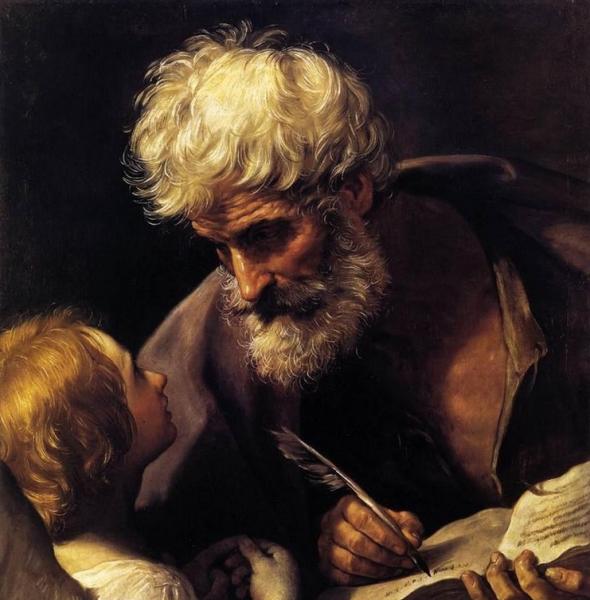- Read offline
- Access all content
- Use the in-app Map to find sites, and add custom locations (your hotel...)
- Build a list of your own favourites
- Search the contents with full-text search functionality
- ... and more!
Guido Reni
The Divine Guido

Guido Reni (1575–1642) The ‘maximum exponent of the classical ideal of the seicento’, and a fastidious fellow, ‘generally believed to be a virgin', his reputation peaked in the 18th and early 19th centuries, when many (such as Joshua Reynolds) considered him the greatest painter of all time, the ‘divine Guido’.
Those may have been the opinions of an artistically obtuse age, but his reputation survives as one of the greats of his period, especially notable for his refined colouring, graceful line and curious lighting effects. Though we moderns may find his work lacking in imagination, think of Reni as the height of the reaction against the excesses of Mannerism, a technically unmatched painter with a naturalistic—at times, almost photographic—approach, and a devotion to a lofty, intensely personal ideal of beauty.
Reni was taught in the studio of the Flemish painter, Denys Calvaert, along with Domenichino, Albani and others. With them, he abandoned Calvaert for the Carraccis' academy, and followed them to Rome. There Reni quickly made a name for himself. He was on the verge of becoming the leading painter in Rome when he chose to escape the spotlight and paint in Naples, where the jealous local art mafia seems to have tried to poison him. After some other stops he returned to Bologna, where he spent most of the rest of his life.
Image by PD Art

